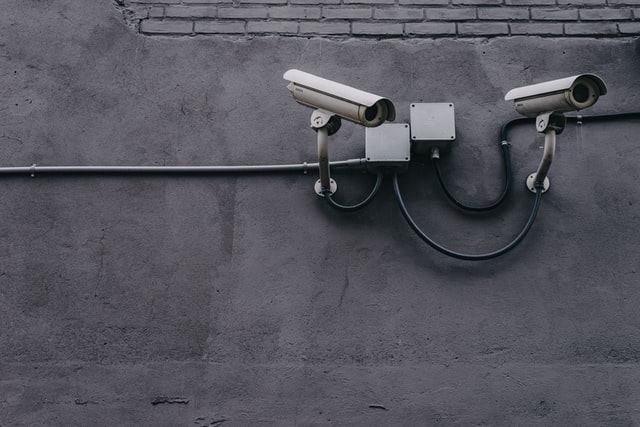
Over the years, there have been plenty of advancements regarding building access for apartment renters. This page will discuss how these new access control technologies are making it easier for tenants to access their apartments and the benefits they offer. Keep reading to learn more!
Electronic Building Security Access Systems
Electronic access systems for apartment buildings have come a long way in recent years. There are now a number of different types of systems that can be used, each with its own advantages and disadvantages. Swiftlane offers a convenient, high security access control system. The platform is cloud-based and allows mobile app access, facial recognition access, the use of video intercoms, PINs, key cards, and more. It’s a comprehensive smart access solution. Swiftlane reviews state that accessing places and entrances is a lot easier with remote door unlock. One review states that they’re glad they don’t have to carry their keys. Many other reviewers state that the mobile app is extremely beneficial and makes for a hassle-free experience.
ADA Compliance and Accessibility
The Americans with Disabilities Act (ADA) of 1990 was put into place to ensure that people with disabilities have the same opportunities as everyone else. This includes access to public accommodations, employment, transportation, and telecommunications. The ADA covers a wide range of disabilities, including those that affect vision, hearing, mobility, and mental health. One area that has made an impact is in the realm of building accessibility. Prior to the passage of the ADA, many buildings were not accessible to people with disabilities. This included both public and private buildings such as schools, hospitals, office buildings, and even apartment complexes. The ADA requires that all new construction be accessible to people with disabilities and also requires existing buildings to be retrofitted where feasible.
There are a number of ways in which a building can become accessible for people with disabilities. One common approach is installing wheelchair ramps at entrances and exits. Another is adding elevators or lifts so that people who use wheelchairs or other assistive devices can move between floors. Handicapped-accessible restrooms are another important feature for people with disabilities. In addition, signage needs to be clear and easy to read for those who cannot see well or at all. While there is still some work to be done in terms of making all buildings accessible for people with disabilities, there has been significant progress over the past two decades thanks to the ADA. In fact, according to a report from 2016 by the National Council on Disability (NCD), 95 percent of public schools are now compliant with ADA requirements for accessibility. And while there are still some areas where more progress needs to be made, such as ensuring that websites are fully accessible, overall it can be said that the ADA has had a tremendous impact on building accessibility nationwide.
Automated Parking Systems
Automated parking systems are a new technology that has been developed to help manage parking in apartment buildings. These systems use a computer-controlled system to park and retrieve vehicles. This eliminates the need for a human operator, which can be expensive and time-consuming. Automated parking systems are also able to park vehicles more efficiently, which can save space in the garage. There are several different types of automated parking systems that can be used in apartment buildings. The most common type is the stacker system. This system uses a series of lifts or ramps to move the cars up and down. Another type of system is the spiral stacker, which uses a spiral ramp to move cars around in a circle. There is also an automated valet system, which is similar to the stacker system but uses robots to park and retrieve cars. The benefits of using an automated parking system in an apartment building include reduced labor costs, increased efficiency, and increased parking capacity. Automated parking systems are becoming more popular due to the increasing demand for apartments with limited on-site parking spaces.
The advancements in building access for apartment tenants have been overall positive. This has allowed for easier access to apartments, as well as increased security for those living within them. While there may be some negative aspects to this technology, such as the cost of installation, the benefits outweigh these concerns.
